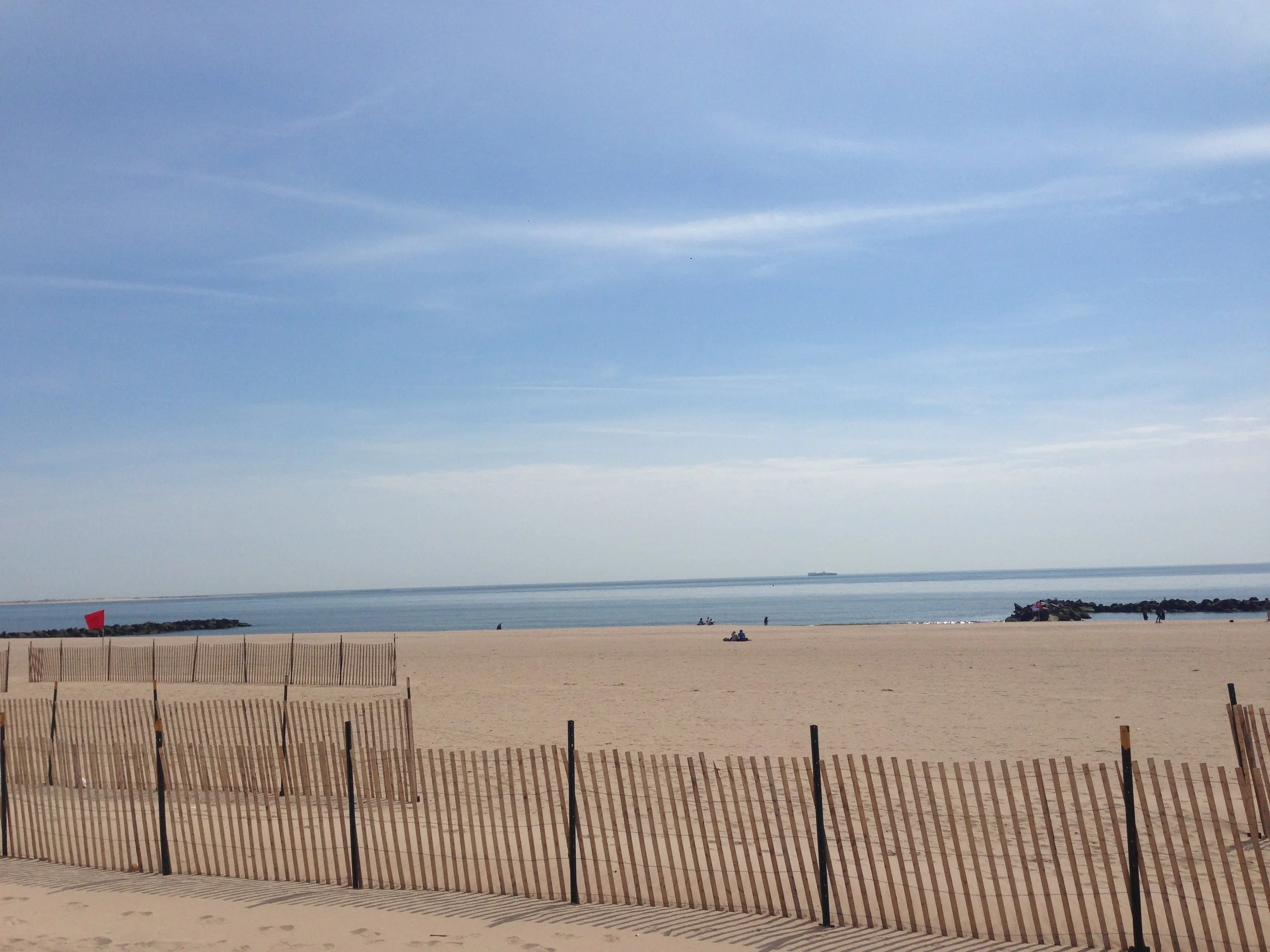“There is pleasure in the pathless woods, there is rapture on the lonely shore, there is a society where none intrudes... I love not man the less but nature more.”
Lord Byron’s ode to the natural world, written two hundred years ago, resonates now more than ever. With over half of the planet living in cities, the modern economy thrives within unnatural sprawling suburbia and bursting green belts. Where business is done, commerce thrives and employment is obtained. This can be tough for those like me that yearn for a more natural way of life, and only reluctantly associate with the burdens of the urban beast. One longs for peace, familiarity and neighbourliness — something that appears to be all but snuffed out by a ruthless combination of urbanisation and tech.
The search appeared futile, especially in the face of the prevailing, economically beneficial winds of an entrenched city-way-of-life. That was until I stumbled upon The Square – a mirage in a desert of congestion and anonymity. A final remnant of the way that life once was — a pocket of peaceful village life that has somehow crept inside the M25 and onto the borders of my south-east London borough.
Through a small iron gate, forty-six cottages of painted and exposed yellow-stock brick façade and timber bay doors flank a long paved pedestrian pathway. Overflowing with colour and nature, each house commands a few metres of planting ground at its front. With no back garden for these mews cottages, the path becomes an extension of the living room.
Plants, trees and shrubs pour out from each of the potted front gardens onto the seasonally evolving central pathway. Meandering your way around trees and old gas lamps you duck under grapevines and dodge quarrelling cats. The myriad planting pots, herbs and fruit trees converge into a large communal garden at the end: looked after by the gardening club, where the more capable residents lend their green fingers.
The earliest records available for The Square are 1891, with residents including a bell maker, insurance clerk and a police constable – suggesting this was an independent community from the start. Later on, it became one of the few places in London where women could obtain a mortgage.
History has often morphed into legend among The Square's residents – stories abound over the history of the how and the why. Over a century of co-existence has no doubt forgotten more tales than we can know. Still, tales thrive, from murder – with the path once known as 'Cut-Throat Lane' – to sniggering neighbours as a fellow resident dug up a hoard of "Roman coins".
The history fascinates, the architecture comforts, but the true value in this sleepy corner of London is in its ability to inspire a more natural way of life – a model of successful co-existence, where neighbours become friends, and clubs and societies organically form. Unification is often done against a common enemy, but here the gates are open and inquisitive visitors welcomed. What is unusual is not that a place like this exists, there are many across England and the world. The joy is in its location, amid a city of increasing mobility, where we rush without reason and avoid interaction. To this, The Square is a Hobbiton in a middle earth of haste, stress and instant gratification. The Square is a century apart from the London we know, stuck in a time of summer fairs, distant walks and, the most shrouded myth and legend of them all, community.
Rich Williams works in the City, but that doesn’t mean he has to like it.





